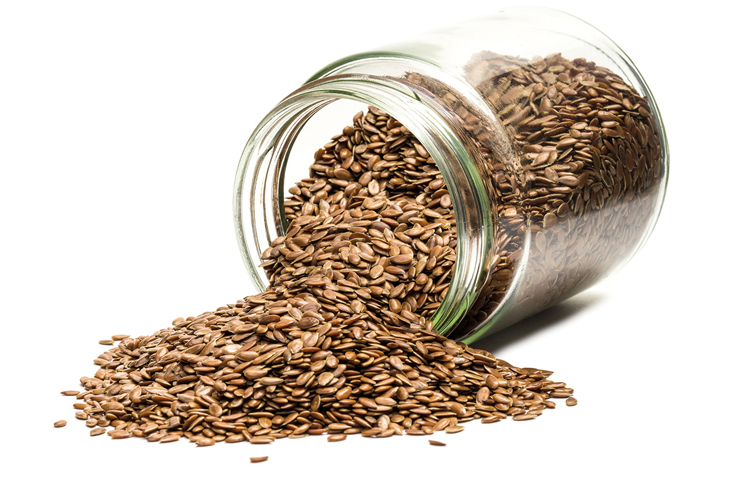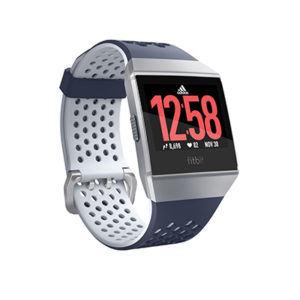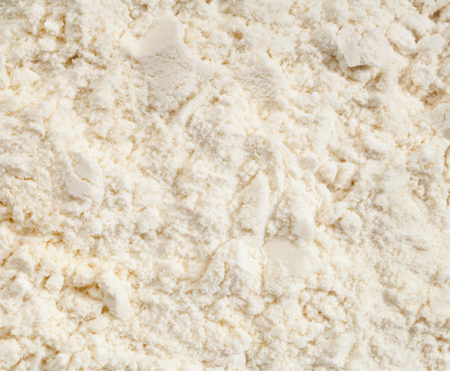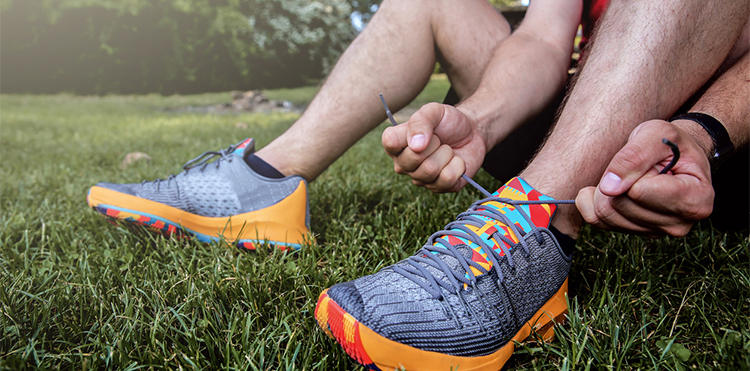
Flax seed has a host of health benefits
What is flax seed?
Consumed for around 6,000 years, flax seed may well be the world’s oldest superfood. Also referred to as linseed, flax is a crop cultivated for both food and fashion. Your linen bed sheets, in fact (linen, linseed – it all makes sense now!) are likely to be the product of this versatile plant.
What do you do with flax seed?
Unfortunately you can’t eat your bed sheets, but you can eat ground flax seed. Adding one tablespoon to your morning cereal, or using it in a baking recipe, will provide a boost of protein and high-fibre goodness.
Why is flax seed good for your health?
It has all the usual superfood benefits: high vitamin content (a 3 tbsp serving contains 31% of your recommended daily allowance of Vitamin B1; 35% manganese and 30% magnesium), protein and antioxidants. Flax seed also contains a high mucilage gum content. “Pray, tell me more,” I hear you say. Well, mucilage is a type of fibre that forms into a gel in the stomach. Its sticky consistency stops food from emptying too quickly into the small intestine, giving your body longer to absorb its nutrients. Fascinating (and slightly disgusting).






